


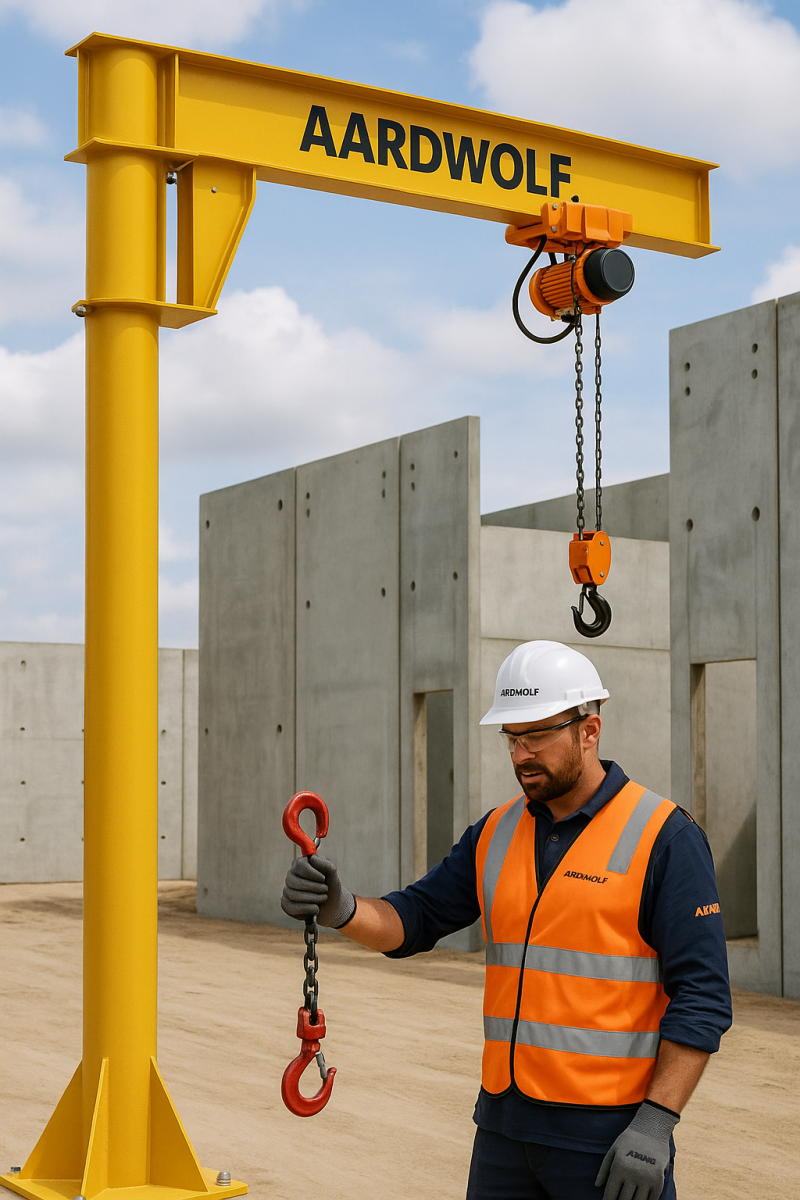
In industrial environments where precision, safety, and load management are paramount, understanding how to calculate jib crane load capacity is vital.
This guide breaks down the essential factors, formulas, and practical considerations needed to accurately determine the load-bearing capability of various jib cranes—including articulating and pillar-mounted versions—while also integrating automation and smart system planning for future scalability.
If you're unfamiliar with the basics, we recommend starting with What is a jib crane?.
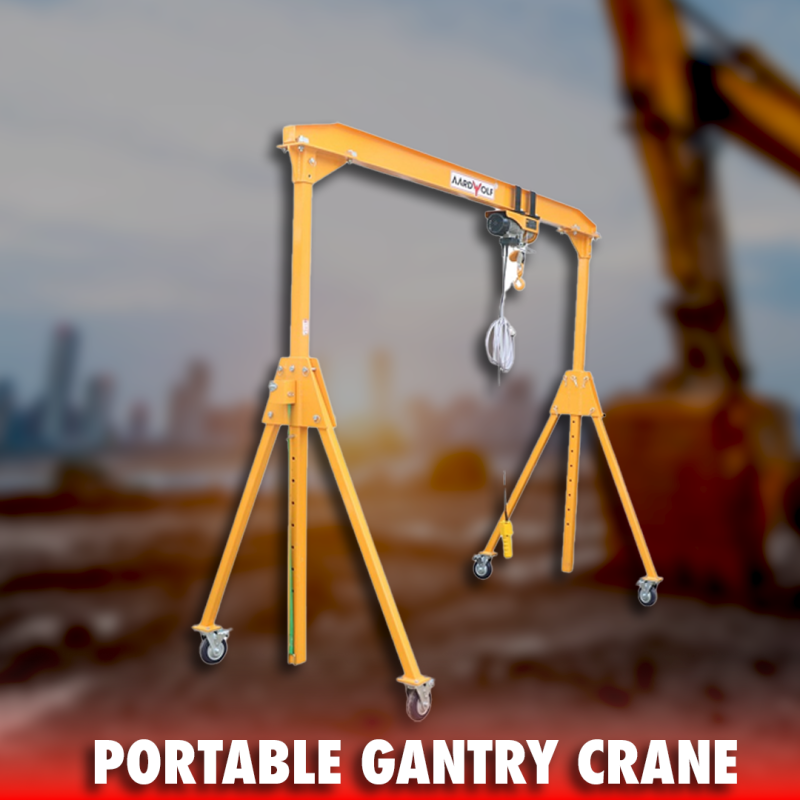
Load capacity refers to the maximum weight a jib crane can safely lift under defined operating conditions. Exceeding this limit risks structural failure, equipment damage, and workplace injuries. For these reasons, accurate calculation is critical during both installation and ongoing operation.
Misjudging load capacity can lead to:
Crane column deformation
Boom deflection or failure
Hoist or trolley malfunction
OSHA safety violations
Learn more about smart planning and innovations in Industrial jib cranes in the future.

Before diving into formulas, it’s important to understand the elements that influence load capacity:
Jib Arm (Boom): Horizontal beam where the load is supported
Mast or Pillar: Vertical column that supports the boom
Mounting Base: Floor, wall, or ceiling attachment point
Hoist & Trolley: Components that bear and move the load
Rotation Range: Impacts the dynamic forces applied on the structure
Each jib crane type—freestanding, wall-mounted, ceiling-mounted, or articulating—has different structural demands and calculation methodologies.
For a comparison with other crane systems, visit Jib cranes vs overhead cranes systems.
The calculation typically depends on moment load, stress tolerance, and deflection criteria. Here's a basic engineering formula used for freestanding jib cranes:
M = W × L
Where:
M = Moment at the base of the jib crane (in Newton-meters or pound-feet)
W = Load (weight in kg or lbs)
L = Distance from pivot point to load (arm length in meters or feet)
This moment value must not exceed the allowable moment of the base and structural components.
Material yield strength (e.g., steel grade)
Mounting surface strength and anchoring
Boom deflection limits (commonly ≤ 1/150 of arm length)
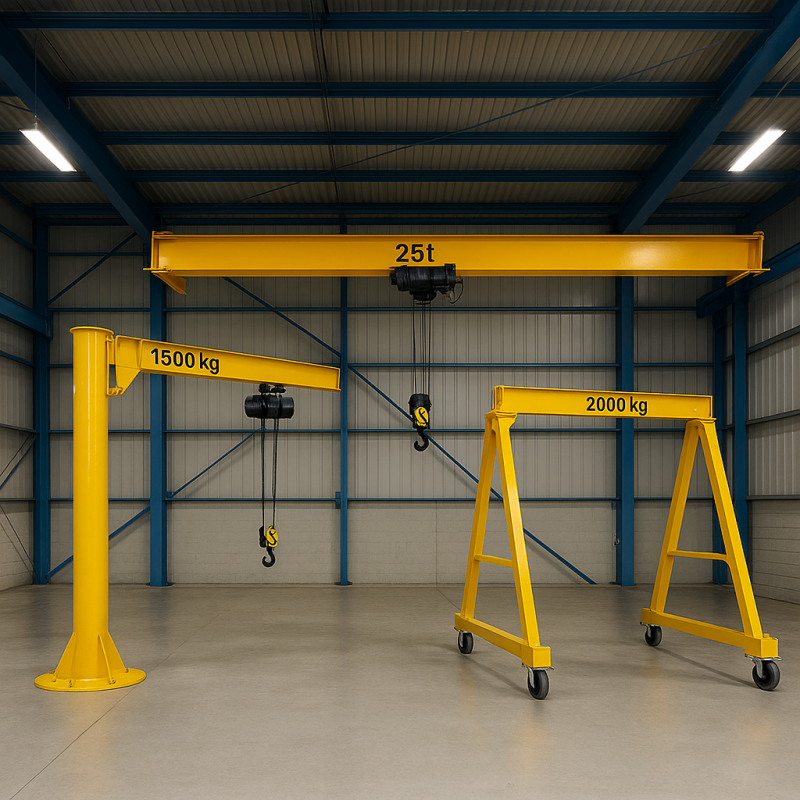
Full 360° rotation
High load capacity
Anchored to reinforced concrete foundations
Assume a 3-meter arm length and allowable moment of 15,000 Nm:
Max Load = 15,000 ÷ 3 = 5,000 N (~510 kg or 1124 lbs)
Mounted on existing building columns
Typical rotation: 180°–200°
Load capacity depends heavily on wall strength
Important to use structural analysis tools to assess wall load-bearing capacity and anchor bolt design.
Explore actual setup guidance in What is a crane application.
Suspended from ceiling beams
Ideal for cleanrooms and space-constrained areas
Ensure beam deflection under load does not exceed acceptable thresholds. Always check structural load charts of building steelwork.
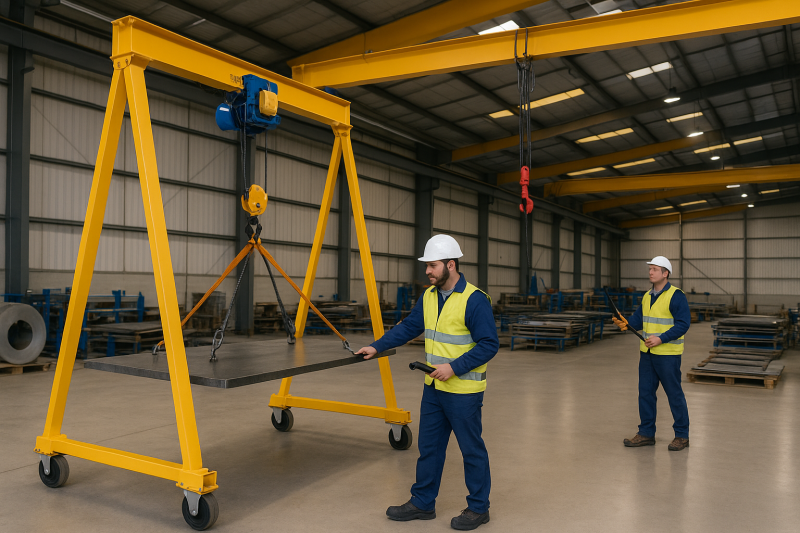
In real-world applications, static weight isn’t the only concern. Engineers must also consider:
Dynamic loads from acceleration or swinging
Impact forces during lifting or lowering
Wind loads (especially for outdoor or semi-exposed cranes)
A common engineering adjustment is applying a safety factor between 1.25 to 1.5 to the total calculated load to compensate for these forces.
Maximum allowable deflection is critical to avoid excessive sagging or bending:
Max Deflection ≤ L / 150
Where:
L = Length of the jib arm
For example, a 3-meter arm should not deflect more than 20 mm under maximum load.
Learn more about how load and structure interact at How a Jib Crane works?.
Modern automated jib cranes feature real-time load monitoring, predictive maintenance alerts, and torque limiters.
Prevents overloads
Assists with balanced load distribution
Reduces manual monitoring and error
Automated control systems are especially useful for articulating jib cranes that must navigate complex paths with high precision.
For operation insight, explore How to operate a jib crane.
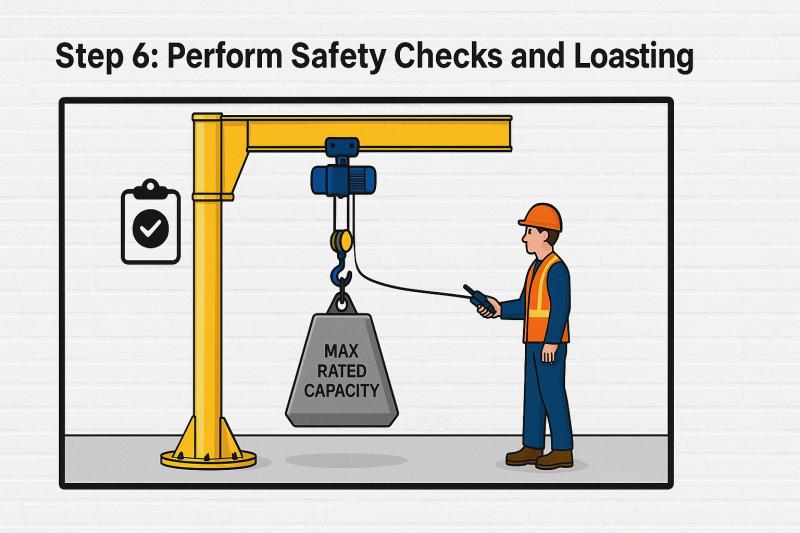
All jib crane load capacity calculations must align with safety standards such as:
OSHA 1910.179
ANSI B30.11 & B30.17
ASME BTH-1 Design of Below-the-Hook Lifting Devices
Always consult a qualified structural engineer for critical load-bearing calculations and local regulation compliance.
Never exceed rated capacity, even temporarily
Use load indicators and limit switches
Inspect for signs of stress, deformation, or fatigue
Maintain accurate documentation of all crane ratings and calibrations
Accurately calculating load capacity is essential to unlocking the full potential of your jib cranes. From the structure’s base moment to boom deflection and load positioning, every variable plays a role in ensuring safety and performance.
Whether you're working with a freestanding, wall-mounted, or articulating jib crane, these calculations help you lift with confidence.
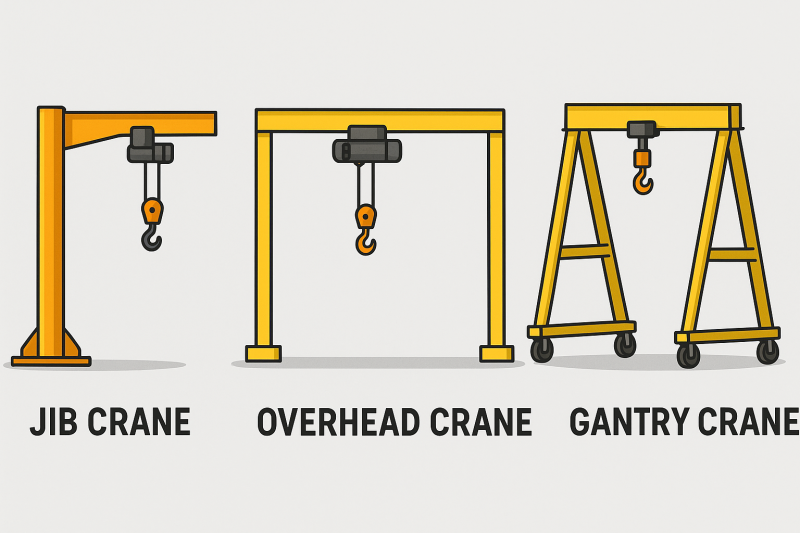
For a foundational understanding, revisit What is a jib crane? and begin applying these principles across your projects.
References
1. How to operate a Jib Cranes safely
3. Over brace jib crane wall mounted
5. Is a Jib Crane a Gantry Crane
6. Articulated Jib Crane Wall Mounted
8. Manual Counterbalance Crane
10. Over Braced Jib Crane Column Mounted
Sign up to receive the latest info on new Aardwolf products, special offers and more.
By signing up you agree to receive emails from Aardwolf with news, special offers, promotions and other information. You can unsubscribe at any time.